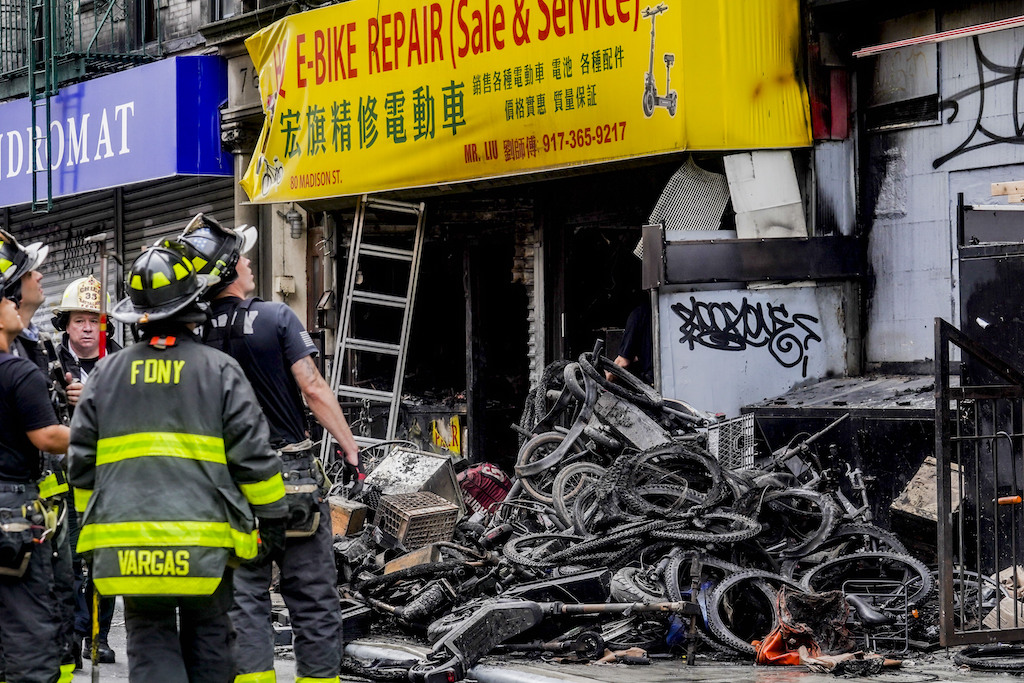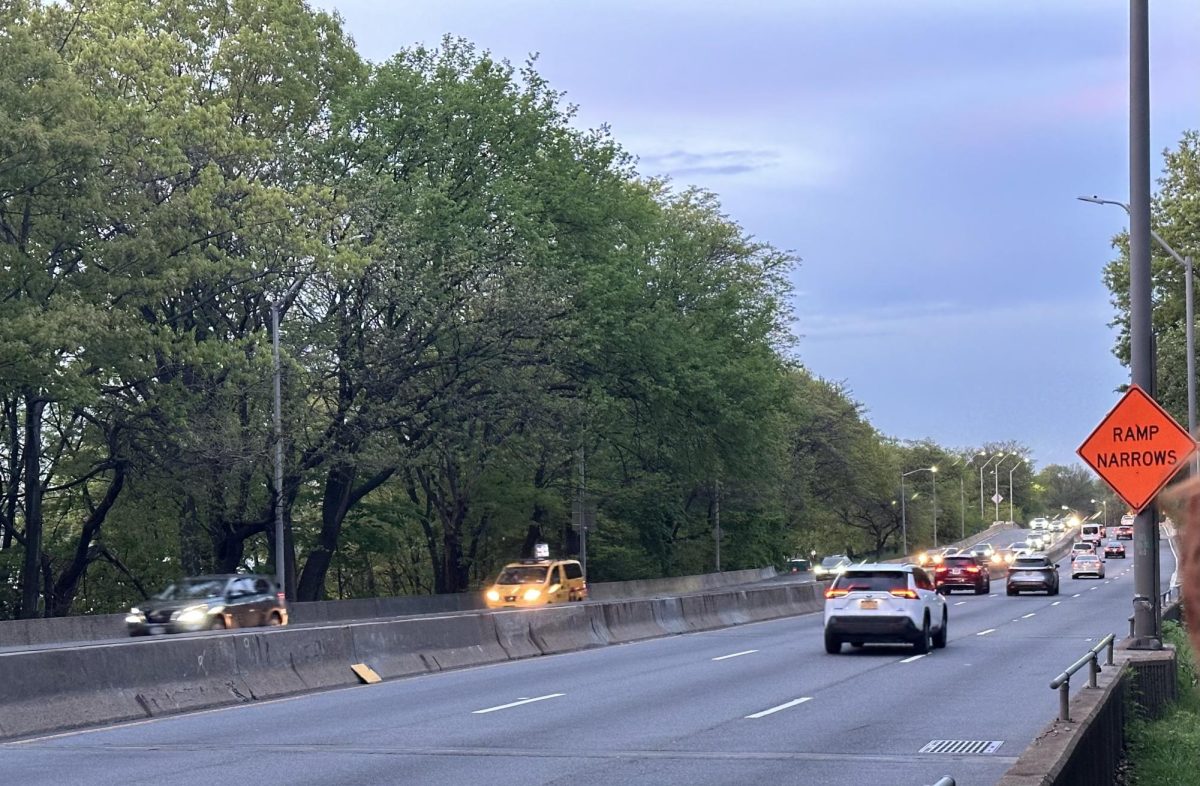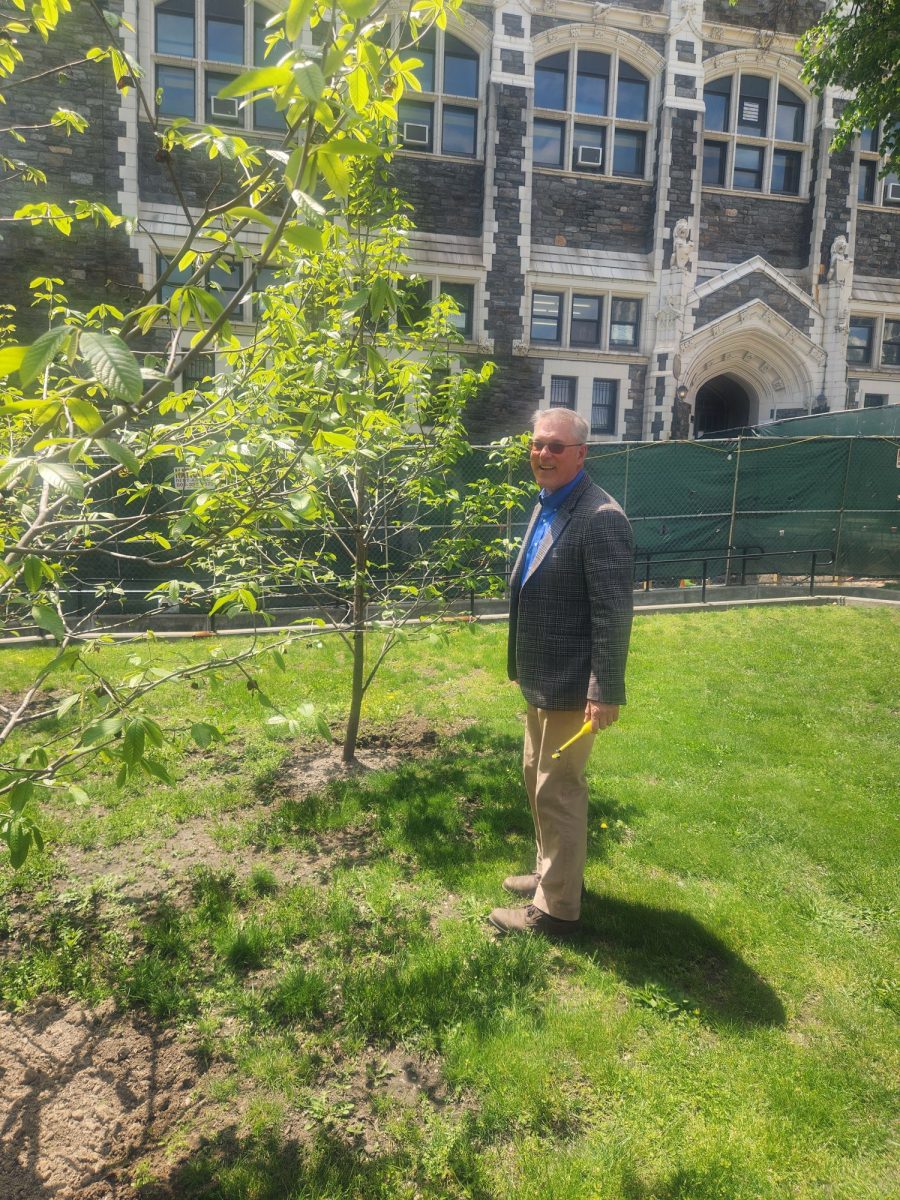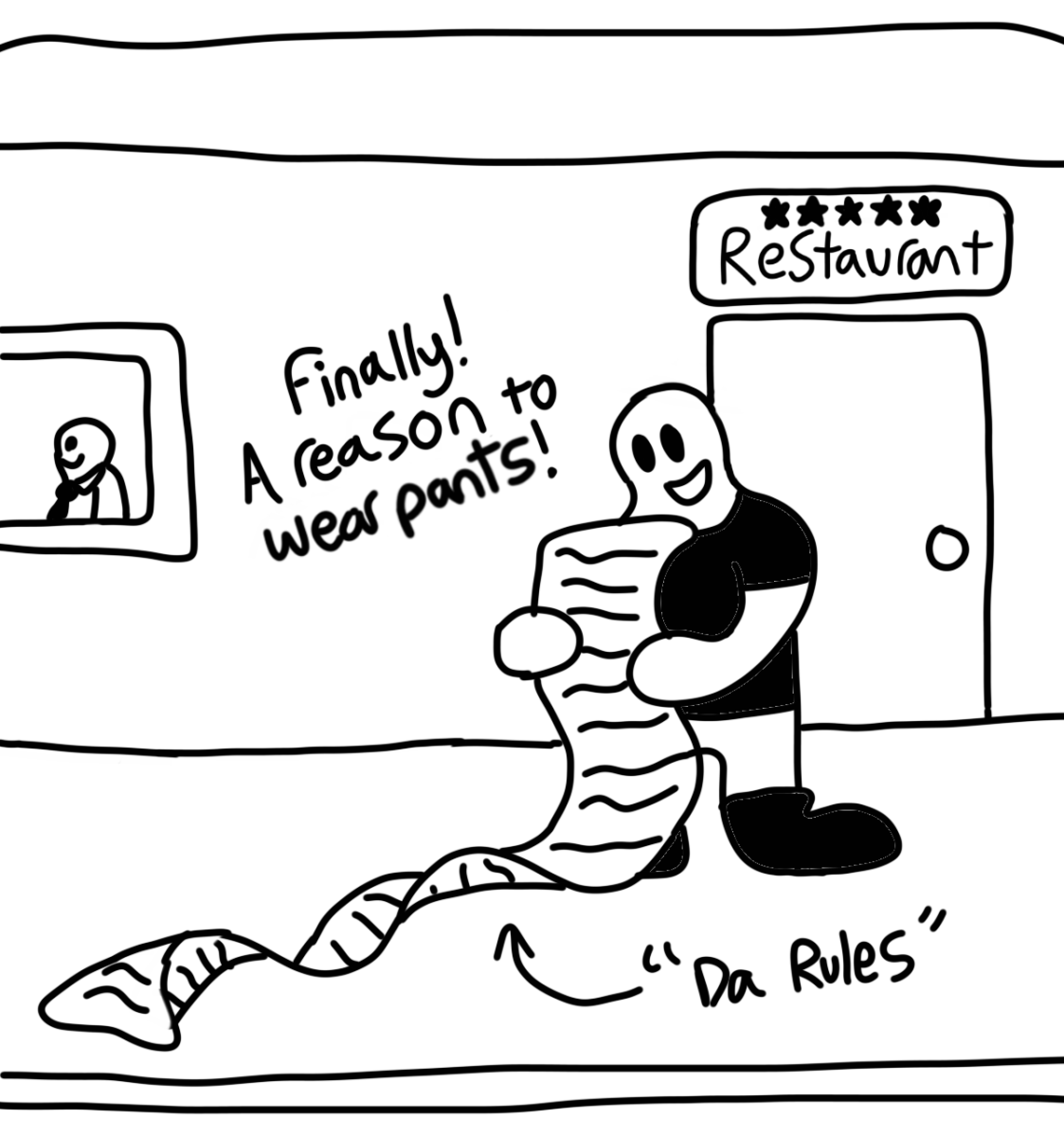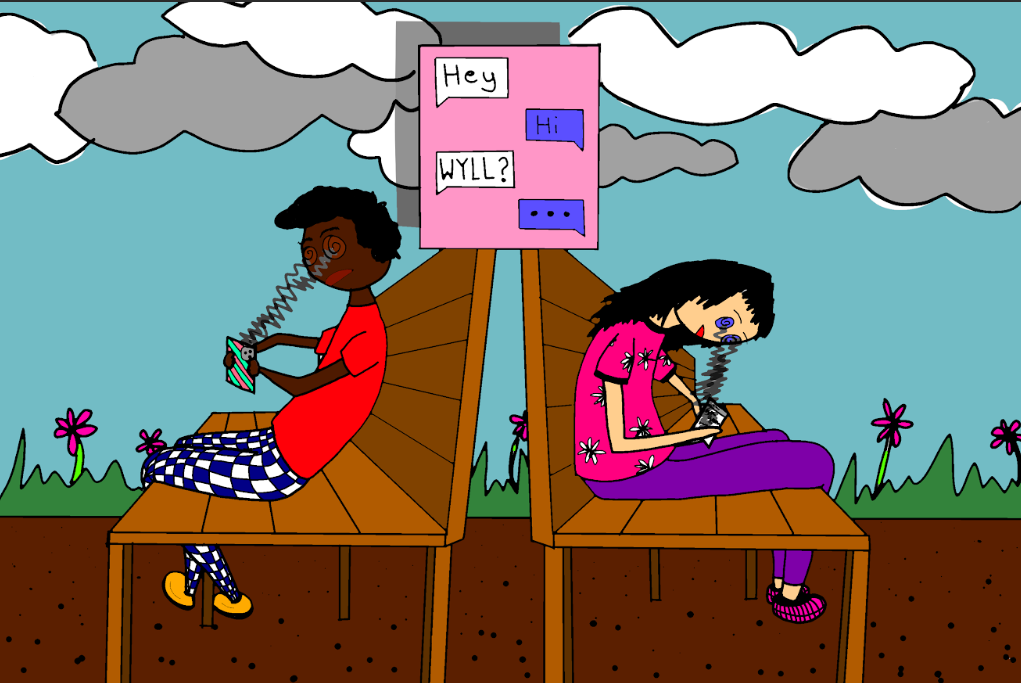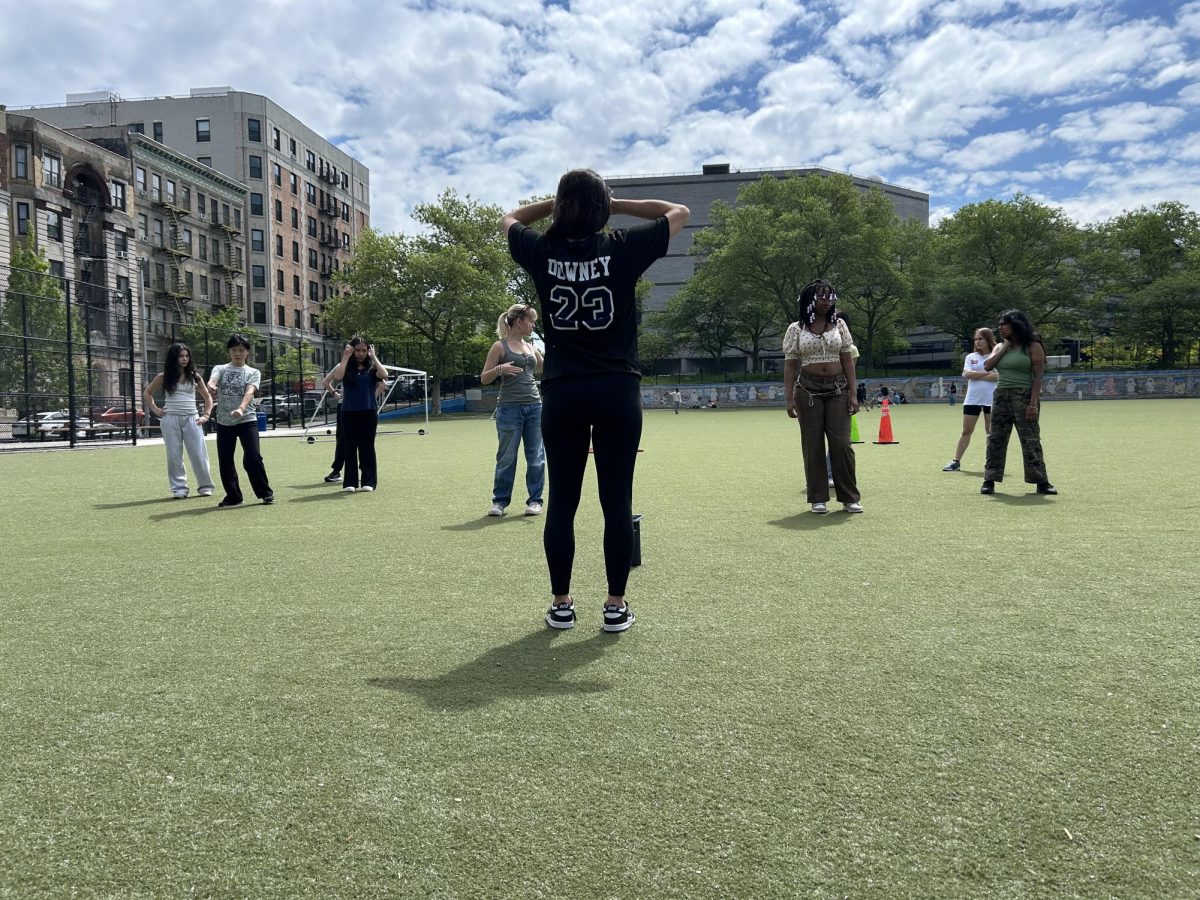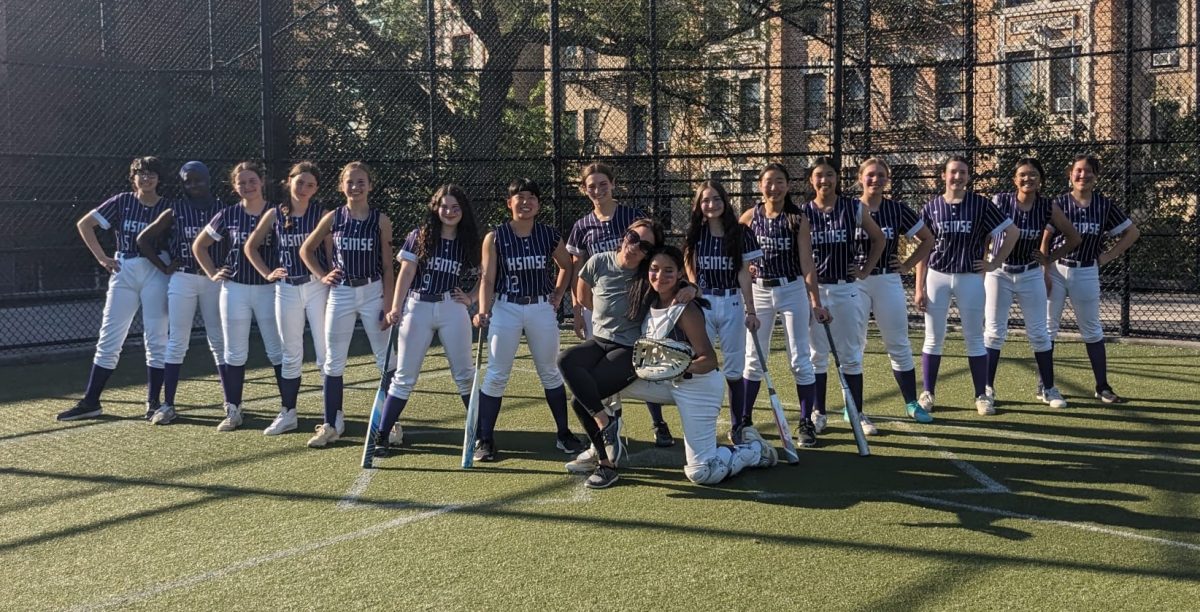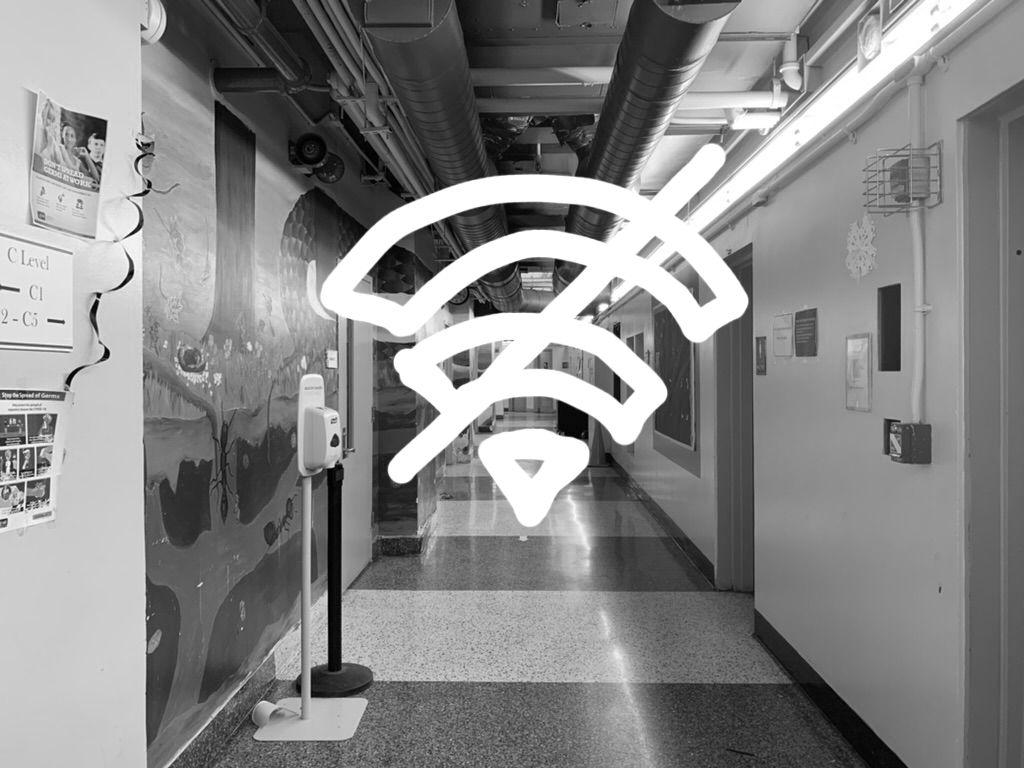Throughout the years, Wi-Fi has become a fundamental need in our everyday lives. In the US, we’ve adapted and expanded the infrastructure to accommodate this necessity, especially in major cities like New York. However, on the C-Floor level in our school, that is not the case. The Wi-Fi hasn’t evolved…it hasn’t expanded – it only keeps getting worse.
As all the HSMSE students know, and Ms. Hesseltine bluntly confirms, the “Wi-Fi sucks.” It is a fact that it keeps on shutting on and off, throughout the class lessons. One example of this includes Ms. Kasi’s classroom, where if multiple devices are connected to the same network, the Wi-Fi just becomes so sparse that students can’t even do their independent work.
Mr. Kung, who teaches many of his math classes on the C-floor, says, “The Wi-Fi is completely unusable and negatively affects the performance of my students. It just doesn’t work… At least last year it was somewhat usable. We are unable to do any online activities. We are unable to take attendance that we are required to do by the DOE. We can’t do our jobs.” One proud member of our school community, junior Lear Kelmendi, adds, “The Wi-Fi in the school is so awful, it’s almost as if they make it bad on purpose!”
So why doesn’t it ever get fixed? It seems as though at HSMSE we are caught in the middle. The Department of Education won’t put any money into making required renovations needed in the building (such as fixing the Wi-Fi) because “it [the building] doesn’t belong to them, it belongs to CCNY” explains Alexis Cedano, HSMSE’s computer technician. CCNY requires the DOE’s permission to renovate, but they won’t let it happen. And, the DOE won’t allow any donations from parents because if parents have to go out of their way to pay for something structural, it could make the city look bad. We’re back where we started. One big circle…
Hypothetically speaking, what would we have to do to renovate the school WiFi system? For starters, the access point and the access point control hub need to be updated or replaced. The access point is a networking hardware device that allows for wireless devices (such as our phones and laptops) to connect and communicate with a wired network. Thus, more access points enable more devices to join a network. The access point control hub manages the devices in a network and allows the access points to work. A couple of years ago, the access point control hub was damaged by a flood and the DOE had to step in to replace it. It cost a vast amount of money, a half a million dollars to be exact, but for some reason, the DOE didn’t replace the access points that only cost 50 to 60,000 dollars in comparison. Because the access points were never replaced, we can infer that the Wi-Fi signal between the wired network and our wireless devices is substantially weaker and unable to support the hundreds of devices we use at a time in a regular day of school.
As for all those who wonder why the school WIFI worked well last year, but doesn’t work well this year, the sole reason is that there are a lot more devices connected to the WIFI system this year as compared to last year. We have way more devices connected per day than students, including close to 800 devices at any given moment. To extend the WIFI range, we could add a WIFI extender. However, it’s not so easy. The DOE frowns upon external devices being added to the network because they have no control over it, and it will compromise the security of the network. So, what is the DOE’s role in our school? Mr. Cedano believes, “the DOE’s place in all of this is just to tell people not to do things.” And, the WiFi issue has gotten to the point where students are unable to do their work and teachers are “unable to do their jobs” (Mr. Kung).
Recently, however, we’ve received notice that the school WiFi has improved on the C-Floor Level, which means that the tech team, the administration, or the magical dungeon fairies must have done something to improve the network. As to how, it remains unknown. Although it is too early to determine if the WiFi is fixed for good, it is worth mentioning that some students (like me) were having trouble entering into the online MAPs exams on the base/first floor. Regardless, if the WiFi is truly fixed (or at least greatly improved), it will allow students and teachers to access the internet, and independent work without worrying when the WiFi is going to drop out. Alas, the C-floor WiFi has finally evolved and we can only hope that it keeps getting better from here.






